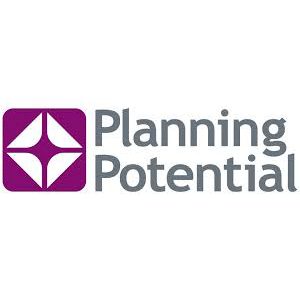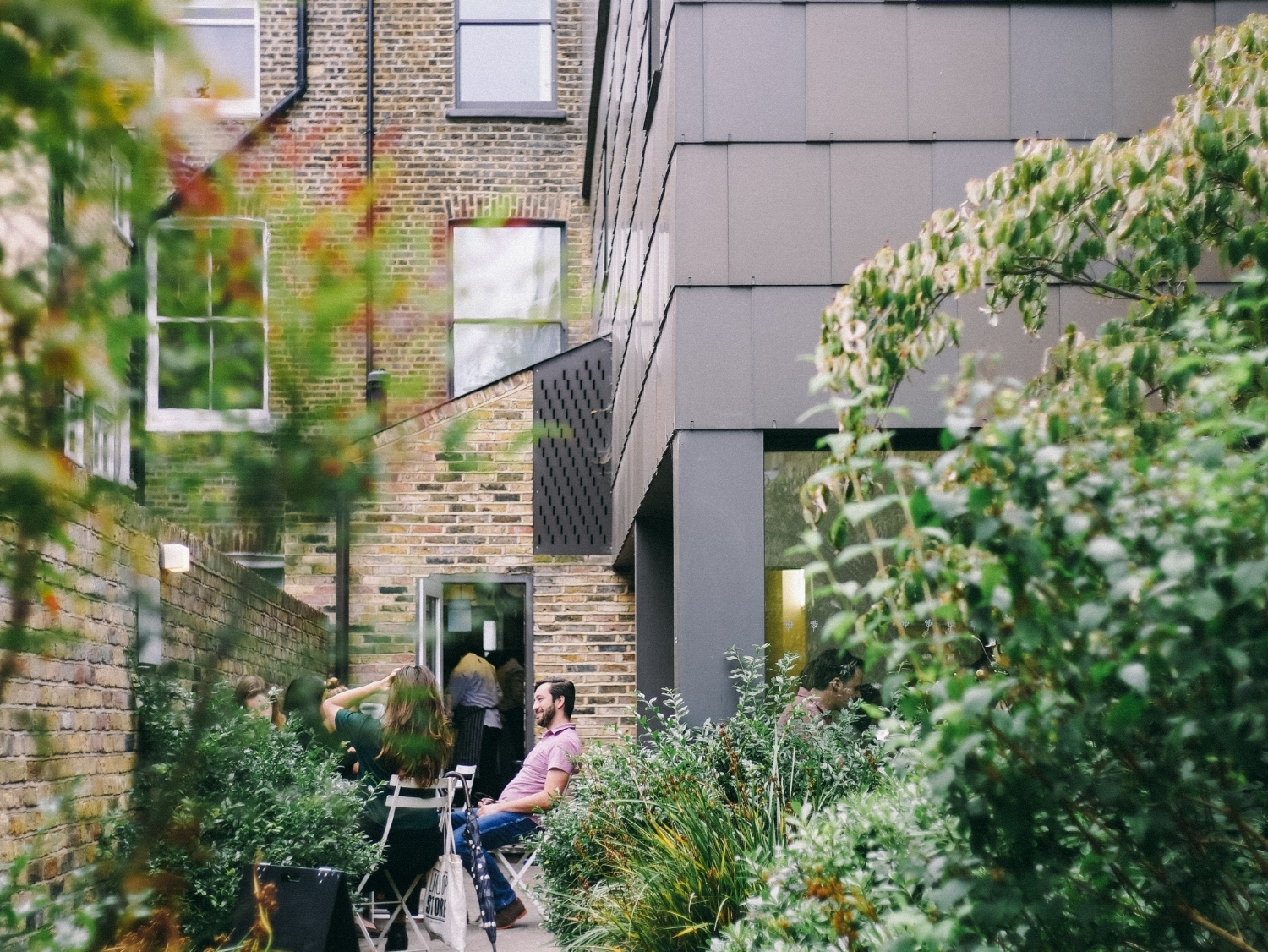

Here are key points highlighting the importance of effective drainage design:







In certain situations, the local council may ask that all levels, sizes, and design details be designed to RIBA stage 4 before approval. Having a reliable and efficient drainage system in place can ensure that your obtains planning approval.
We have had the pleasure of working with Arge at RIDA over several years and throughout this time the experience has consistently been very good. What stands out most is their responsiveness - any queries or issues have always been addressed promptly, which has given us great confidence and peace of mind.
We have software that helps us to create efficient and cost-effective solutions for surface or foul water drainage systems. We use our expertise in hydraulic modelling to determine the most cost-efficient drainage design.
We use Causeway FLOW software for designing your drainage system. FLOW provides efficient and cost-effective solutions that streamline drain project operations.
Through Causeway FLOW's powerful algorithms, our engineers and designers can quickly generate reliable designs from complex data sets.
This software supports various project types, including stormwater management, urban runoff control, foul drainage design, and suds design.
When designing a drainage system, the right software is essential to ensure that you create an efficient and cost-effective system in compliance with building regulations for drainage.
Poor drainage in home landscaping can lead to a variety of problems. Warning signs may include
Flooded driveways after rain
Water pooling around the foundation
Standing water that won't drain
Wet soil in garden beds
Moulding on walls or surfaces
Water seeping into your basement
If you notice any of these signs in your garden, it's time to take action.
Homeowners often encounter drainage issues, from minor clogs and sluggish sinks to major problems like flooding or overflowing sewers. Common drainage problems include:
Clogged Drains
Clogged pipes can be a nuisance, but the good news is that this common problem is easily preventable! By avoiding putting hair, grease and food down drains, you'll help to keep your piping system running smoothly.
Broken or Deteriorated Pipes
As pipes age, they become more prone to corrosion and wear and tear. If left unchecked, these weakened parts can lead to costly leaks that need urgent fixing to avoid further damage.
Blocked Sewers
Sewer line blockage can happen suddenly and unexpectedly, caused by tree roots and debris clogging the pipes. This creates a major problem requiring professional attention to restore water flow without flooding or overflowing.
Sagging Sewer Lines
Sewer line issues can appear in more ways than one – if the ground starts to sink or shift, it could cause a pipe to sag and lead to potential flooding.
If you're seeing any signs of clogged or slow-working drains in your household, it's best to get professional counsel immediately. Take action quickly and avoid costly repairs!
An effective drainage system is crucial to protecting your home and landscape from damage caused by excess water. Here are the steps we will use while designing a drainage system that ensures optimal results:
Step 1: Determine how much water needs to be drained away from your property
Consider how much water will runoff due to precipitation or how much foul water is produced by your development.
Step 2: Estimate the amount of slope needed for efficient drainage away from your home and landscape
In this step, we will determine how much difference in elevation there needs to be between areas where water is being diverted and how much gradient is needed on slopes to direct water away.
Step 3: Consider how you will be directing water away from your property
This step could involve excavating a ditch, installing underground pipework, or using swales (shallow depressions in the ground) to contain and direct runoff.
Step 4: Survey the area to determine how much space is available for drainage systems and how much construction may be necessary
Check for any underground utility lines or structures that may be in the way of your drainage system.
Step 5: Determine how you will control water flow and where the runoff should be directed at the end of the drainage system
This could involve using drains, ditches, or other water-control structures to manage how much water is entering and how quickly it is exiting the system.
It is essential to remain mindful of local regulations when designing a drainage system. Taking the necessary steps to abide by applicable laws will strive for everyone's safety while preventing potential problems from arising due to water damage.
It is wise to consult experts to design a drainage system to keep your home safe from water damage and safeguard your landscape. Professionals can provide solutions that ensure maximum protection against future spills or floods.
Designing a foul drainage system is an intricate process. It's essential to consider the size of your property, soil type, and local regulations to come up with the right design solution. Various methods are used in the design process, such as the Discharge Unit method, based on probability theory, to estimate maximum peak flows from appliances. Additionally, the software can confirm continuity between the drainage network, foul network, and road network.
Constructing a safe and eco-friendly environment starts with proper foul drainage design. This foul drainage design guide provides help in safely collecting and managing wastewater as well as rainwater to avoid any flooding or environmental harm.
If you plan to discharge to the Public Sewer. Then you can use 4000 lt per day per property to calculate the pipe flows and velocity. This is explained in Sewers for Adoption. If you are looking at discharging into a treatment plant, then you can use the 150 lt/person/day. This is explained clearly in the Code of Practice Flows and Loads.
The pipe slope on the foul water is 1 in 40 for lateral connections, 1 in 60 if there is a WC and 1 in 80 if there are at least 3 WCs connected to the pipework.
The SuDS design can be complex, but there are several steps you should take to ensure your project is successful:
Determine the system's purpose
To create an efficient stormwater drainage system, it's important first to identify the purpose for its installation. Considerations must be made regarding how much runoff it should cover and any additional objectives that need to be fulfilled.
Collect information and data
In the second step, we have to collect detailed information about our local environment to get the best results. From surface slopes to rainfall patterns - no stone will be left unturned in designing a perfect drainage system.
Design the stormwater drainage system
Once all the necessary information has been collected, it's time to design the system. This includes planning where drains and pipes should be placed and calculating how much capacity they will need to handle expected flows. For a surface water drainage system using the guidance provided in the SuDS Manual, usually, if you allow for 50mm/hr should be sufficient to give you an indication of the amount of water.
You also need to check if the site surfers from surface water flooding. Surface Water flooding needs to be incorporated within your design. You can check this by completing a flood risk assessment.
The minimum slope is 1 in 100 for a 110mm pipe, 1 in 200 for a 225/200mm pipe. Usually, a 100mm pipe diameter carries the flow of 80 square metres up to a storm of 1 in 100 +40 % climate change.
Stormwater drainage design protects property from flooding, erosion, and pollutants. By strategically collecting runoff to prevent damage or contamination near populated areas, the risks of floods can be significantly minimised - helping preserve lives and valuable assets.
Effective drainage design is key in protecting our ecosystems by preventing water pollution caused by runoff from roads and construction sites. This land drainage design guide can help restore natural habitats and preserve biodiversity by better managing an area's stormwater runoff. The introduction of SuDS mandatory in England supports this.
All projects demand something different when it comes to underground drainage in a home. Factors like nature, size and location of the drain dictate which type of pipe will be best suited for your needs – so consider them carefully before you start!
PVC or U-PVC pipes are a great option for indoor drains. They have an economical price and provide quick and easy installation – making them the perfect solution for your next interior drain project.
Cast iron is a popular choice for drainage underground, as it provides lasting durability and protection from corrosion.
With various options available, selecting the right pipe for your project can be overwhelming. Careful consideration must be given to cost and performance characteristics when making this important decision - ensuring that you choose the best-suited pipe for your installation!
A properly functioning drainage system is key for successful land management, as too much or too little water can have serious consequences—from soil erosion to flooding. Finding the right balance between speed and safety of draining water helps ensure your project's long-term success.
For example, Irrigation design is a balance between providing suitable moisture levels for agricultural use and avoiding flooding or pooling. Slow drainage rates are beneficial in those cases, whereas faster ones can help reduce soil water-logging in gardens and lawns that require less hydration.
Proper drainage is essential for optimal landscaping, and the draining rate can vary depending on the application. Too little or too much water logging can cause undue stress, so selecting a suitable drainage solution to meet your needs is important! If you’re unsure which option will work best for you, give us a call, and we’ll help you in no time!